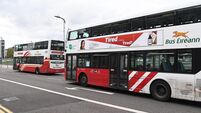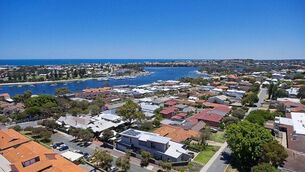Only one Tara - not a series of monuments
In the judgement, he stated: “The Hill of Tara is properly to be regarded as a single unified site and not a series of separate archaeological monuments.”
During proceedings, Prof Ruaidhrí de Valera had described Tara as “the focus of Celtic times,” and added that “one would expect important findings on almost any part of the Hill of Tara, and from the historical accounts of it, it seemed very likely that traces of previous occupational use would be found in most, if not all, parts of the hill.”











